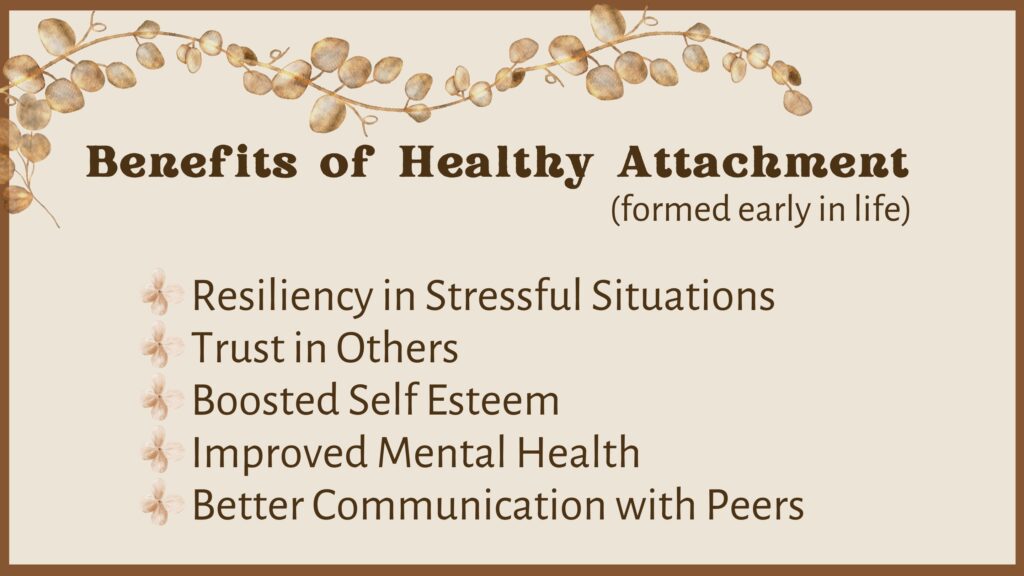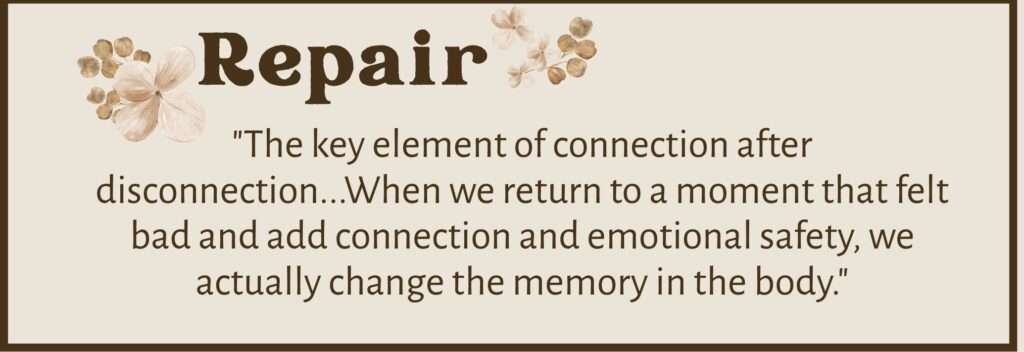Repairing with Your Child—What Does it Look Like?
Roots and Truth
August 30, 2025
This blog post takes a look into phycological rupture, and repair. As I have progressed within my healing journey, I have found that knowing these two words have been crucial to my healing process.
If you are just beginning therapy, if you are a parent, or are dealing with a long term illness,
take a look into these concepts and please share your thoughts around what you have been reading here! I would love to hear from you!*
Understanding Attachment And Why It is Important
Understanding how healthy attachment helps us biologically stay safe, is crucial to understanding why psychological repair is so important!
Research has been conducted that childhood attachment is created through hundreds of interactions with a parent or a caregiver in the first years of life. The first time I understood concept of attachment at a cognitive level was when I was reading The Body Keeps the Score by Bessel van der Kolk.
In his book he describes what rupture is in a simple-visual way.
Can you imagine a mother holding a child on her lap, with his face turned to hers, they are interacting, making faces at one another, and laughing together. In this moment both were feeling connection. Both are engaged and feeling the safety of each other’s presence. In a naturally developing child, moments like this is when secure attachment is formed.
During this interactive moment of play, imagine the child grasps strands of his mom’s loose hair and pulls on it with his little fingers! The action it was too quick and too strong, and she naturally reacts, yelling, “Ouch!!!”, as she turns her head away from her son.
The reaction of the child is a visual one. His facial expression changes, lips no longer open in a wide smile. He looks at mom, she doesn’t return her gaze right away. He even covers his eyes, to hide himself from a mother that is hurting.
He waits. The energy in his body deflates until mom’s gaze returns. (This exchange simply gives the example of a rupture. Something felt wrong and there was a disconnect from the interactive-full connection.)
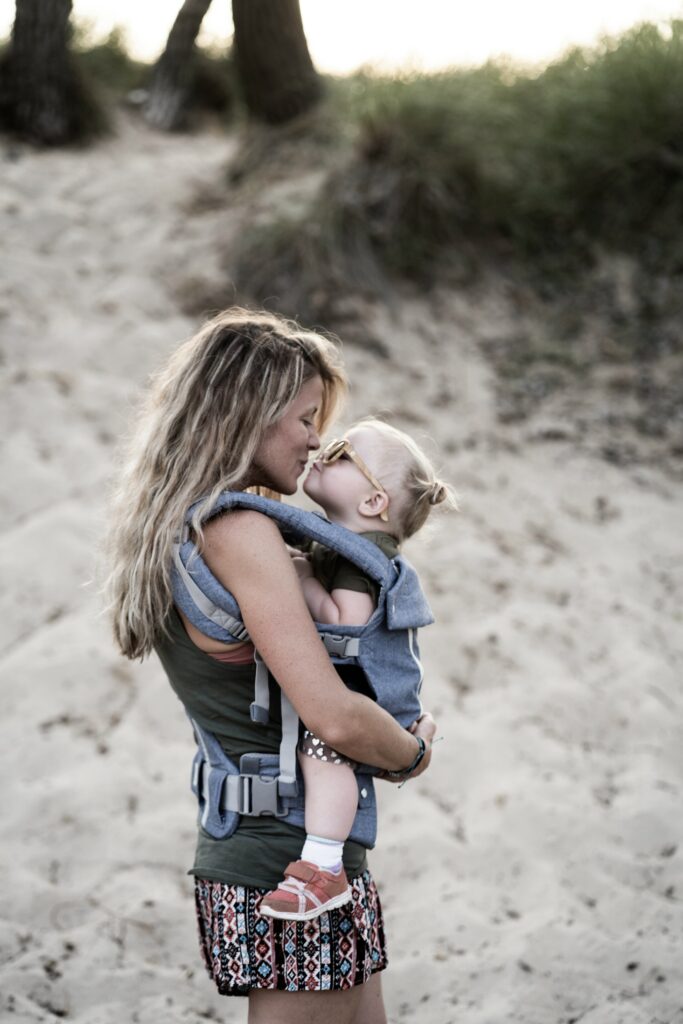
Mother, realizing what has happened, and that it is causing her child to feel bad, looks at him again and smiles. She starts tickling his belly. He begins to laugh again. (Just because of her reaction, including facial expression, it creates an example of repair.)
And within this small repair the connection is formed again. Interactions like this one are deposits into a healthy attachment bank. It is a simple equation–when the connection breaks, a parents more regularly then not, finds a way to connect with the child again.
Even when things get off track, we can return to who we were interacting with at the time and speak about what we had felt during the previous experience.

This step towards repair works best, when both are calm enough to be with the other person.
Sometimes this takes time. For the mother with her son, the initial shock most likely dissipated quickly so she was able to make eye contact again and resume connection again quickly.
Even at the earliest first breaths of life, a child internally knows that healthy attachment is crucial to feel secure. It is biologically programmed in that if we have an attachment person, that reliability will lead us to feel a sense of security and valid as a person. Attachment not only provides safety that our body needs, but it builds an intimate connection that can then become a blueprint in how we interact with others as life goes on. 1
Benefits of Healthy attachment can include, (but aren’t limited to):
These are benefits that I have been seeking in my own psyche. I have also been seeking resiliency in my mind and body. But I do believe that resiliency can return through the principal of repair.
Relationships and Repair
Navigating relationships in our lives can often get messy. There will be interactions that we have that won’t feel resolved, making us feel distant from that person. These interactions may leave us feeling isolated or confused.
It almost feels unfair to use such a simple example to begin this post! But this was intentional to show how easily rupture can occur.
In the simple example of the child pulling it’s mother’s hair illustrates that physical pain can create a reaction that resulted in momentary miscommunication. The example shows that even innocent actions can create disconnection. As we navigate our lives it is important to understand that:
#1 Rupture will occur
And this rupture has the potential to impact our whole system (including our mind, body and nervous systems).
#2 There is potential for repair after a rupture occurs
When repair is obtained after rupture, a proper repair will most likely positively impact our whole system (including our mind, body and nervous systems).
With this thought, let us define and further explore the concept of rupture.
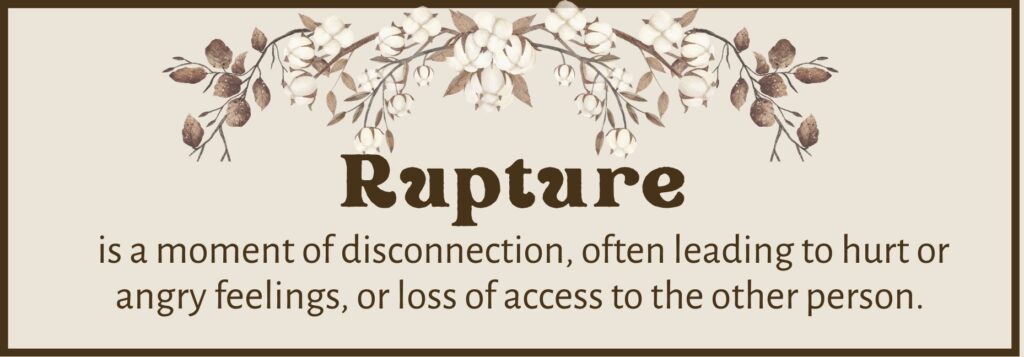

Rupture can occur in any relationship. This could be a parent-child relationship, a friendship, or a relationship with a partner.
I write to educate around the health of the human body. And I do believe that our relationships with those who surround us create impact on how our bodies react. How they contract and release. How they bend and they form. How they express or retreat.
In the example with the mother and the son, the boy “covers his eyes”. He most likely bows his head “to hide”. The it describes the energy in his body deflating. Can you visualize this profound reaction? Can you view in your mind’s eye how disconnection can create an impact with in the body?
With the return smile of his mother, his posture returns and his openness returns. His eyes are alive as her interactive playfulness is present again. With this in mind…
Let’s Talk About Repair
Dr. Becky Kennedy is a New York based psychologist. In her groundbreaking work she describes repair better then I have heard anybody teach it. As I was trying to share the concepts around repair with my husband the other day, I pulled up her Ted Talk on YouTube and let him listen to come to his own conclusions about how repair could apply to what we were going through.
In Dr. Becky’s parenting book Good Inside, she shares that we are and never will get parenting right all of the time,
AND that’s ok. There’s a process later where we can reconnect and come back to the conflict when both parties are more calm. This process is called REPAIR.
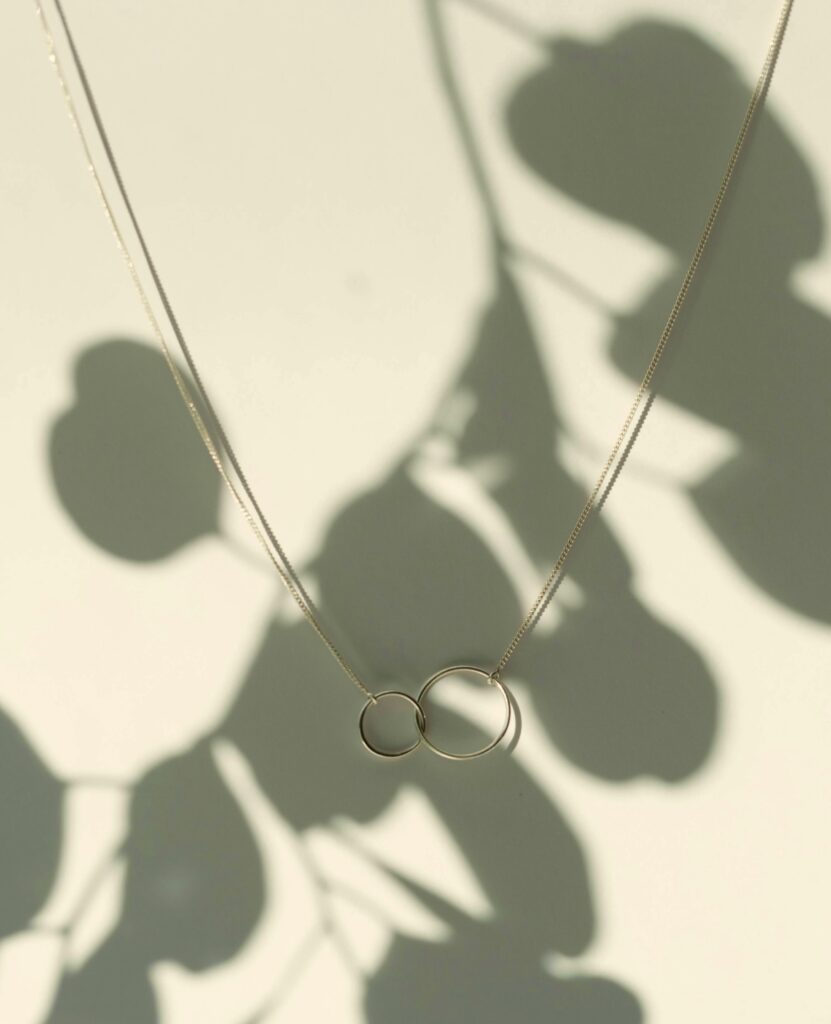
And here is the amazing thing about the reconnection. The body doesn’t understand a timeline. “Repair can happen ten minutes after a blowup, ten days later, or ten years later. Never ever doubt the power of repair — every time you go back to your child, you allow him to rewire, to rewrite the ending of the story so it concludes in connection and understanding, rather than aloneness and fear.” 3
The ability to “rewire”, and develop new patterns in the brain is explained by the science of neuroplasticity. It allows a person to change and adapt to their environment.
Not only does the science of repair allow for imperfections and mistakes, it aligns with what is taught about attachment (by phycologists like Dr. van der Kolk). Disconnection met later with reconnection, has the potential to create children that know what to do when they are faced with scary things.
These phycologists that I am quoting, crucially believe that the concepts taught within the framework of repair can still benefit you at any time. If you are a parent of any age of child, please read Dr. Becky’s instructions clearly!!
Basics of Repair
This template, around repair, is what Dr. Becky shares in her book Good Inside.
How a parent can repair with their child:
“Say your sorry, and share your reflections with your child—restating your memory of what had happened, so your kid knows it wasn’t all in his head—and then say what you wish you had done differently and what you plan to do differently now and in the future.
‘It’s important to take ownership over your role.” 3
The example that I paraphrased from The Body Keeps the Score, (story shared above) was a perfect example of non-verbal repair through body language. There was reengagement from mother after seeing that the child felt bad.
If I was going to repair with that same child, assuming that child had more language skills, I might say:
“Son, I’m sorry that I yelled after you pulled my hair—BUT it really hurt. That must have been scary for you to hear me yell. We were playing a little bit wild!
“I’m okay, are you ok? –It was an accident, and we were only playing.”
Quoting Dr. Becky,
“When your child sees you as a work in progress, he learns that he, too, can learn from his struggles and take responsibility when he acts in a way he isn’t proud of.” 4
In this last quotation Dr. Becky describes repair as a gift offering, admitting that parents don’t always react in the “right” way, but we’re still in the process of learning and trying. It is ok to still be in the process of becoming, and not have it all right!
This has to be something that we are thoughtful about. And the practice of repair takes just that—PRACTICE!
I share a real life example of repairing with my son, for the benefit of healing our bond, in this specific blog post.
The Impact on the Body
As I continue, I am going to play the role of a contrarian to provide a path of understanding of why rupture can create a lasting impact in the body.
The imagery in the mother/son example showed an impact in the child’s body.
Imagine this mother would have reacted to the pain of her son pulling her hair, and set him down and walked away.
In this scenario the child would lack that reconnection with his mother.
Can you imagine the form of his body—an innocent action leaving him still wrapped up in the misattuned interaction. His head still hanging, possibly covering his eyes. A frown on his face. The liveliness of his innocent actions, reversed.
Has this interaction left him feeling unresolved?
How does his body recover. When do his lungs inflate with air again? When does his confident smile return?
This is an example of rupture that goes on unresolved. In this story the child eventually moves on and begins moving through his day again. But most likely, without a resolution, an adaptation eventually steps in. Adaptation looks and feels like unspoken rules that need to be applied to receive the care, attention, and intimacy that a child may need.
What about the physical body. How does it adapt without the repairing? After one incident of rupture, most likely there won’t be a lasting impact.
But what if there is a lack of repair from an attuned caregiver day after day? What happens to the body then?
Dr. van der Kolk’s book, The Body Keeps the Score, is an elaborate explanation on this very deep concept. It is an intellectualized with a lot more complexity.
But for the case of the blog post I would like to suggest that a lack of repair leaves an impact on the physical frame. This may look like misalignment that a chiropractor notices. It may feel like an injury on one side of the body.
It may look like poor posture, with shoulders that jut forward. This misattunement may translate to the bones and create a caved in chest, or early jaw expansion intervention.
Additional weight may be put on to protect the person. Our body finds a way to create space so we won’t be harmed (or disconnected) with again.
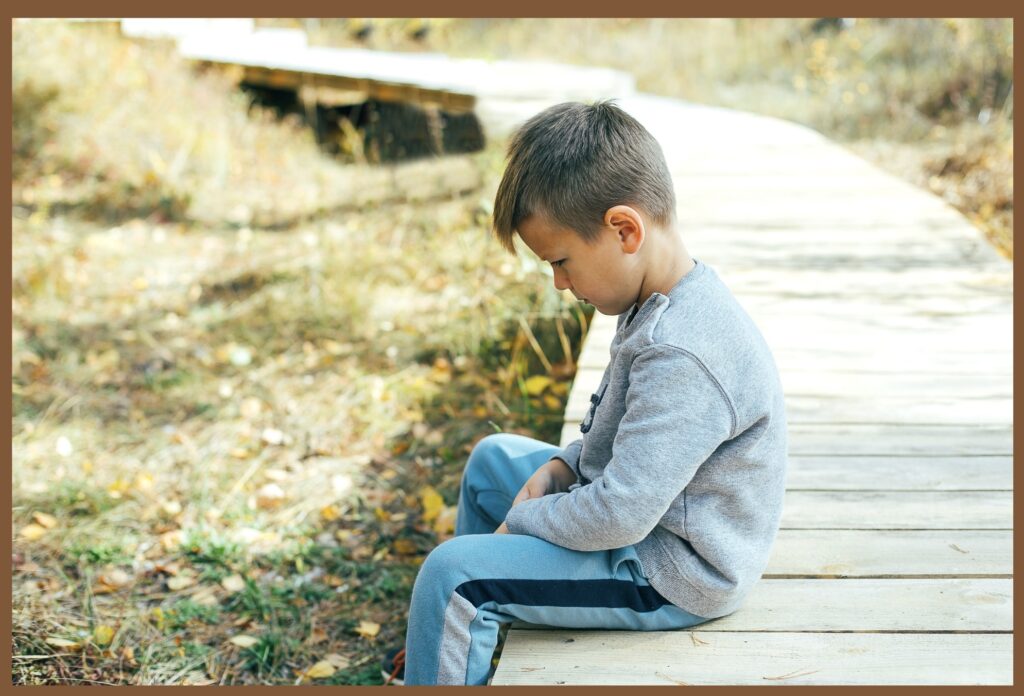

In my personal life, my body responded with many of these adaptive strategies. These strategies included pain that kept me in bed, removing me from being vulnerable to be isolated or feeling lonely again.
If You Have Been Wronged, Start by Healing You First
As an adult, I invite you this time to take charge of your story. You may be thinking of all the people that haven’t said sorry to you, or seemed to make amends of any kind. But it is not up to you to require them to appologize.
Your responsibility now is start listing those who have hurt you, has begin to grieve that they aren’t available to repair with you. If this is a step that you need to do, I highly recommend this read:
The Tao of Fully Feeling: Harvesting Forgiveness out of Blame
by Pete Walker
This read was not easy. It actually took me over two years to read. The premise is that relationships that were introduced to us in childhood were not our choice. But telling the truth of what happened to us in our childhood is an integral step of healing early childhood wounds.
If you are struggling with anger in your parenting, or have a current health condition, there are most likely relationships complexities from your past that you may need to review.
If you feel like all these concepts resonate with you, to begin by reading The Tao of Fully Feeling OR read this blog post (linked below) that I created for people like you!
In this blog post, I invite you to print out a free work sheet that is designed to help you understand what your inner dialog might be communicating to you.

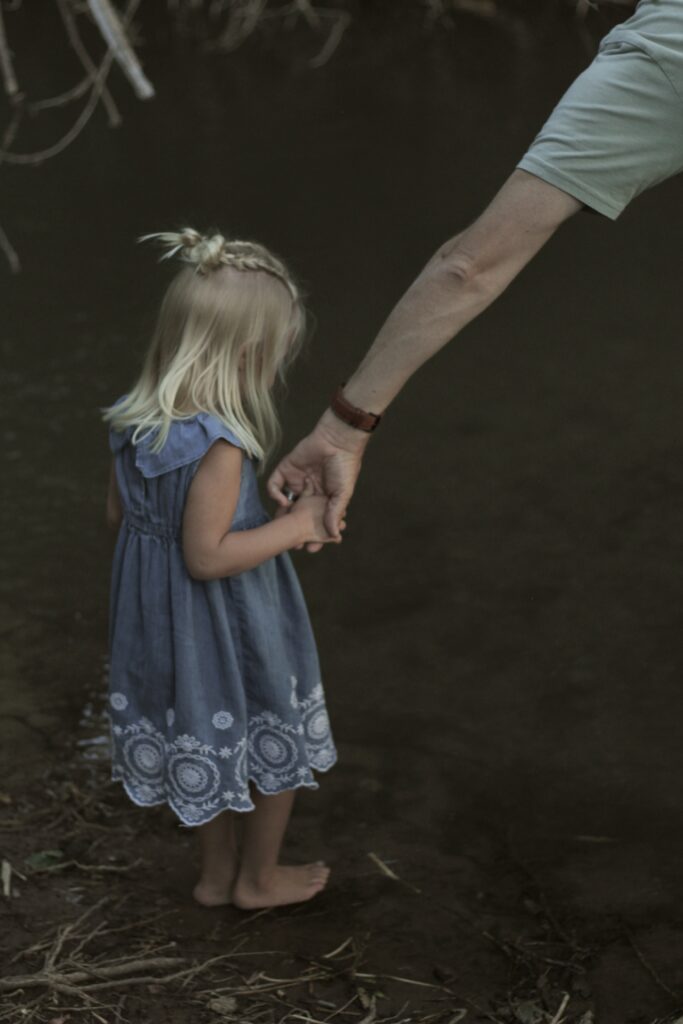

I began this post defining attachment and listing the benefits of healthy attachment.
I have defined rupture and repair. Both are important to know.
And I have introduced the concept of neuroplasticity. In doing so, I want to share that I believe that the brain can change at any age. Wounds can be healed and rupture can be mended.
Remember Dr. Becky’s wise words, from neuro-backed research, stated earlier in this post: “When we return to a moment that felt bad and add connection and emotional safety, we actually change the memory in the body.”
And with that thought, I believe that with understanding these concepts we can start to heal the body!
Thanks for reading! Love,

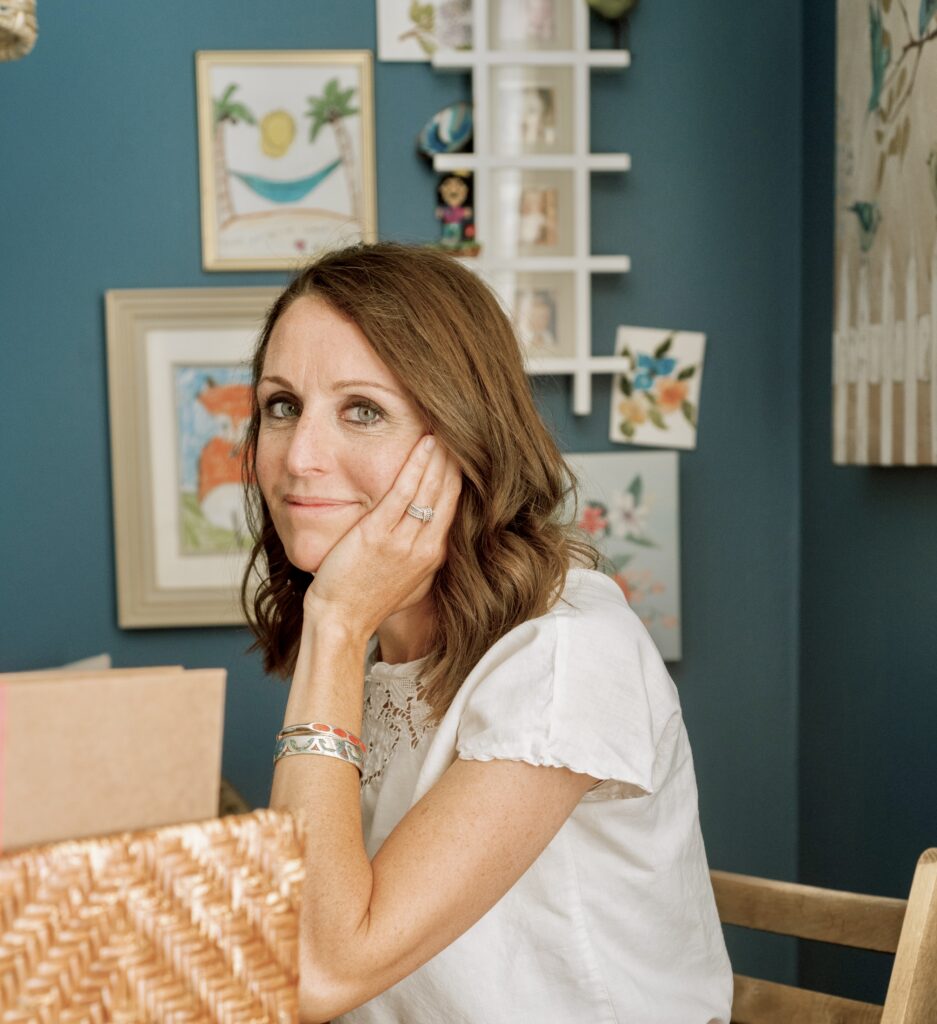
HI,
I’m Cami
as mother of three, and the author of this blog, my reason for writing is simple. I want to heal! This is a space for my expression and for connection! Thank you for connecting here with me today!
Read more of my story here:
The Beginning of My Health Journey

*Disclaimer: This is not medical advice. Psychologists are directly quoted in this article, and the connection that I am trying to make is that it is possible that injury (or rupture) that occurred in our brain previously, may contribute to chronic pain or another physical condition.
- A few notes from “The Body Keeps The Score” by Bessel van der Kolk: “Securely attached children learn what makes them feel good; they discover what makes them (and others) feel bad, and they acquire a sense of agency: that their actions can change how they feel and how others respond.
‘Securely attached kids learn the difference between situations they can control and situation where they need help. They learn that they can play an active role when faced with difficult situations. In contrast, children with histories of abuse and neglect learn that their terror, pleading, and crying do not register with their caregiver. Nothing they can do or say stops the beating or brings attention and help. In effect they’re being conditioned to give up when they face challenges later in life.” van der Kolk, Bessel M.D. The Body Keeps the Score: Brain, Mind, and Body In the Healing of Trauma, New York, New York, Penguin Books, 2014, pg.115[↩]
- https://www.kindman.co/blog/how-secure-attachment-helps-increase-relationship-security#:~:text=The%20hope%20of%20secure%20attachment,resilience%20and%20overall%20life%20satisfaction.[↩]
- Kennedy, Becky PHD, Good Inside: A Guide to Becoming the Parent You Want To Be, New York, HarperCollins, 2022, pg. 58[↩][↩][↩]
- Kennedy, Becky PHD, Good Inside: A Guide to Becoming the Parent You Want To Be, New York, HarperCollins, 2022, pg. 59[↩]
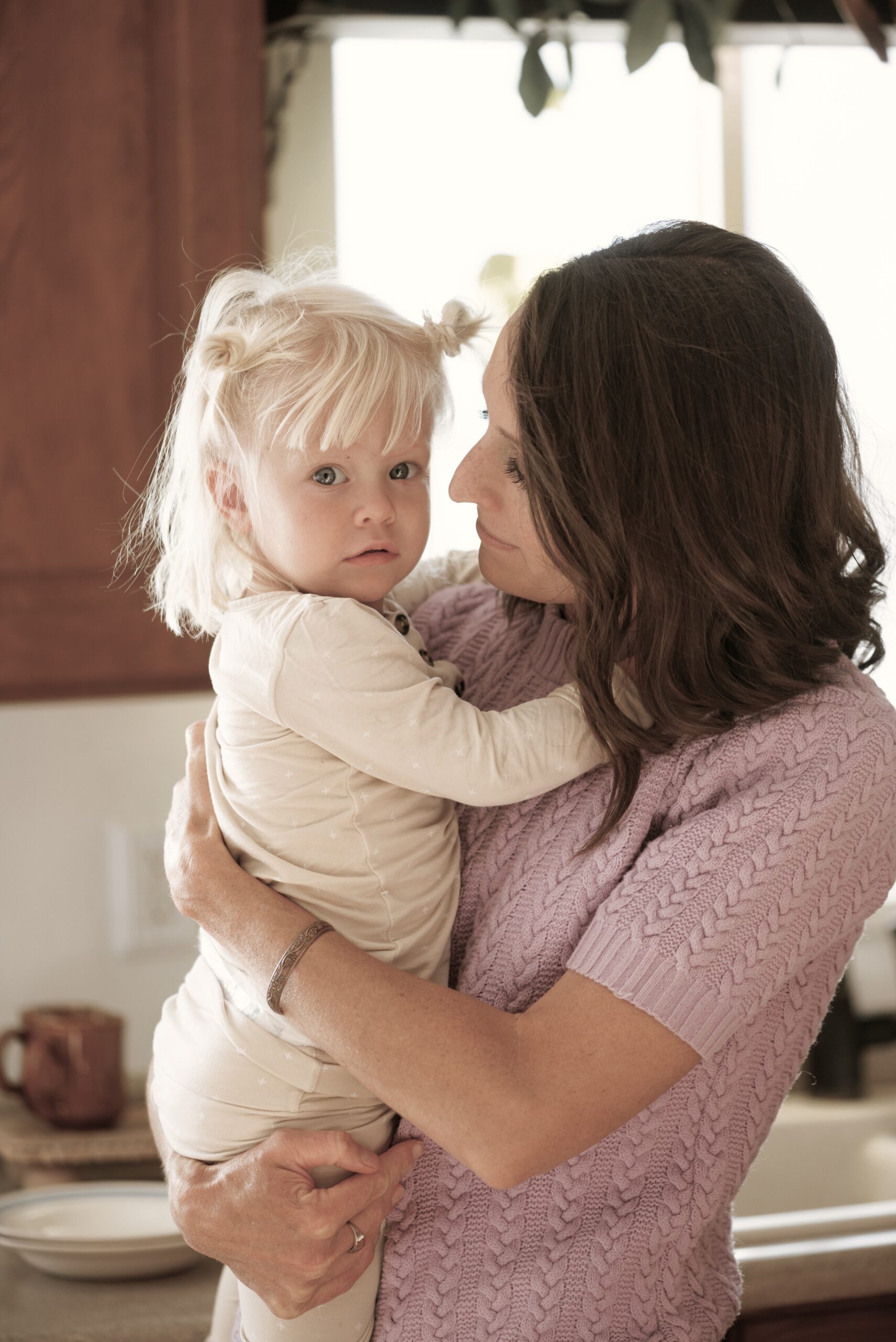
Leave a Reply Cancel reply
© roots and truth | All rights reserved | Site design by linsey rhyne co.
